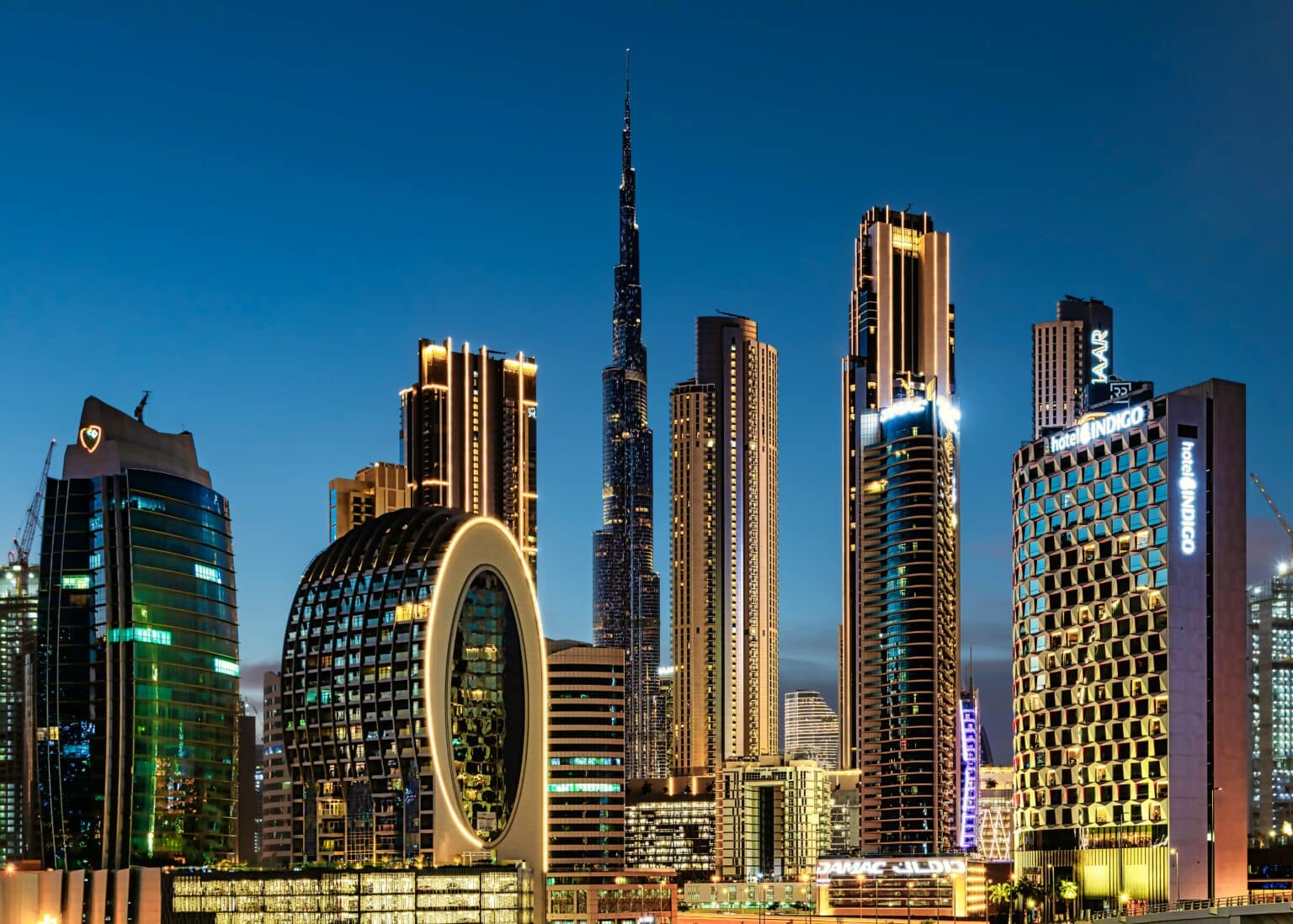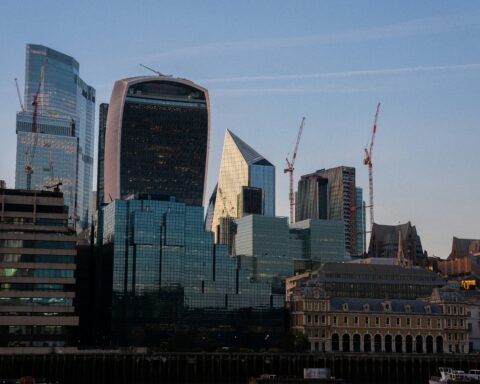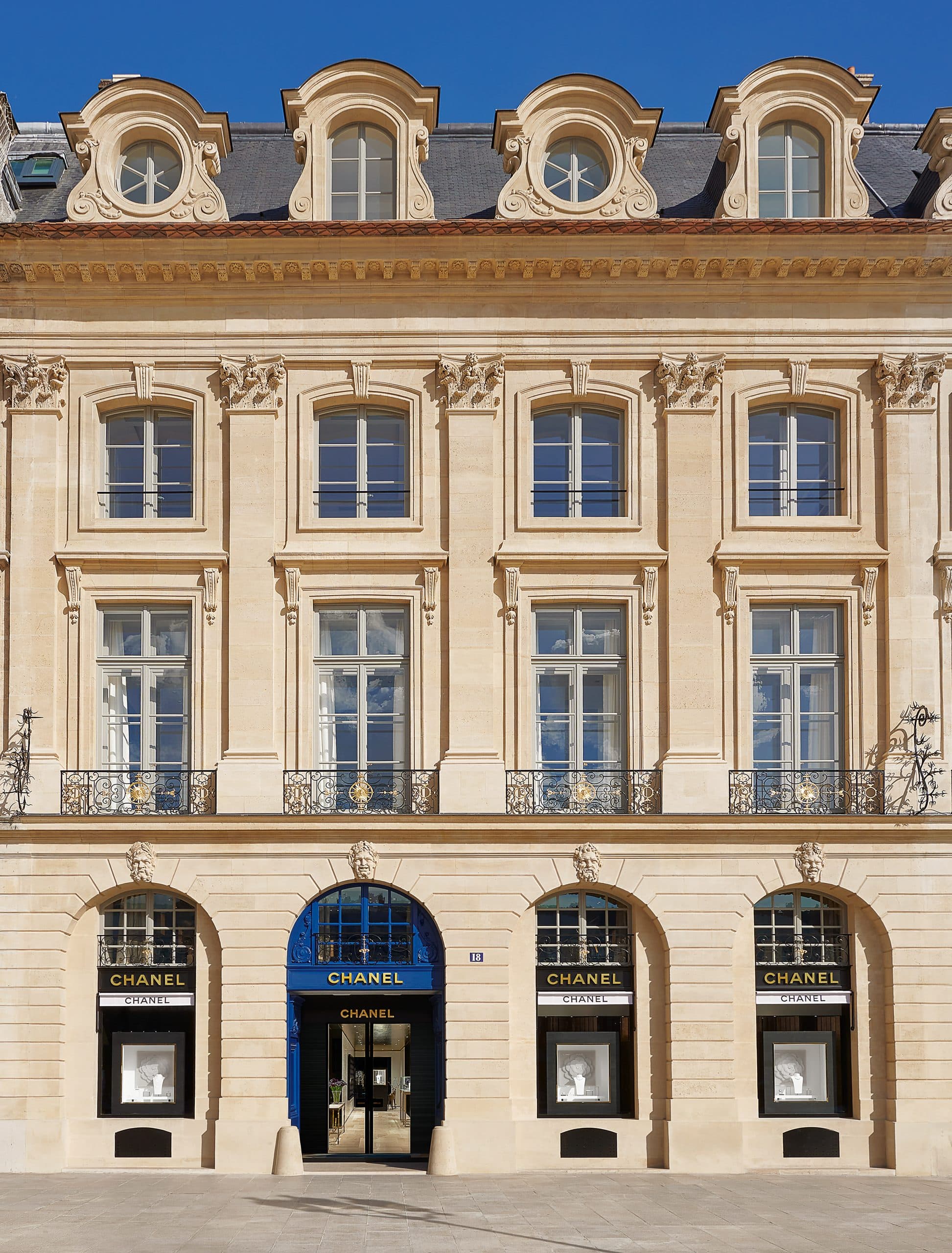Last year, around 128,000 millionaires chose to relocate elsewhere in the world. In 2025, global wealth migration is about to undergo seismic changes, fueled by recent political upheavals, catastrophic tax policy reforms and the growing appeal of dual nationality. From the West to Europe to the emerging markets of South Asia, today’s savvy millionaires are seeking new horizons to protect their assets, mobility and autonomy.
As major financial centers prepare for the impact of these migrations, some destinations are emerging as havens for the world’s elite. With 30% of high-net-worth individuals actively using investment migration channels, there has been a major shift and renaissance in international programs dedicated to this topic, as countries seek to attract the world’s private wealth. Residency by Investment (RBI) and Citizenship by Investment (CBI) programs are evolving in response to growing market demands. At the same time, countries are increasingly keen to attract and retain this highly mobile capital.
The exodus of millionaires in France
In 2025, the number of French millionaires expected to leave the country is set to rise by 6.67% compared to 2024. This phenomenon can be explained by factors such as tax optimization, improved quality of life and diversification of economic opportunities. Last year, the United Arab Emirates (UAE) was the country of choice for millionaires, ahead of Switzerland and the UK, with almost a third choosing Dubai as their new home. The United Arab Emirates emerged as a particularly attractive destination, especially for wealthy young individuals, due to its favorable tax regime and dynamic business environment.
Countries such as Canada and the USA also remain popular, benefiting from their robust economies and cultural links with France. But this movement reflects a broader global trend, marking a 16% increase on pre-pandemic levels of millionaires moving elsewhere.
Sanctions against non-domiciles in the UK: a catalyst for capital flight
The United Arab Emirates is also ahead of the UK as a relocation zone for millionaire migrants, as the UK’s historic appeal has been significantly reduced by its government’s recent crackdown on non-dom tax policies.
By 2023, there was a balance between inflows and outflows of high-net-worth individuals in the UK, while in the United Arab Emirates, the rate of inflows continues to rise each year. Whereas previously, wealthy foreign nationals could reside in the UK while protecting their foreign income from tax, the new restrictions introduced at the end of last year have seen GCC investors divest their UK assets at an unprecedented rate. Although there is a three-year grace period, GCC investors in London are still looking to sell their current property portfolios to avoid taxation on their foreign income after April 2025, despite the recent increase in capital gains tax.
The resulting capital flight should benefit destinations such as Dubai, which is currently experiencing a surge in luxury real estate transactions. As the United Arab Emirates has no capital gains tax, Dubai is well placed to absorb this wealth and attract investors looking for more favorable tax regimes. By 2024, one in ten residents was a millionaire.
American migration in the aftermath of the election
With Donald Trump’s return to power resulting in a polarized political environment, there has been another wave of government-induced wealth migration.
According to some reports, millionaires are increasingly concerned about policies perceived as socially divisive and prohibiting the progressive redistribution of wealth, prompting many to leave the US altogether.
These millionaires are increasingly seeking out countries such as Malta and Cyprus, with favorable tax regimes, due to growing concerns over regulatory uncertainties and inheritance taxes.
Indian and South Asian millionaires choosing to migrate
A different trend is emerging in India and South Asia, where high-net-worth individuals are increasingly seeking alternative relocation options to diversify their residence and asset portfolios. However, as India does not allow dual nationality, more than 216,000 Indians renounced their nationality in 2023. For those wishing to leave while retaining links with their country of origin, India also ranks among the top three countries recording significant departures of millionaires.
Whereas the UK used to be the preferred destination for Indian millionaires, the introduction of the new non-domicile tax laws should encourage them to turn to the United Arab Emirates. The UAE’s favorable tax regime, notably the absence of capital gains tax, makes it an attractive alternative. Like the trends observed among US HNWIs (high net worth individuals), this migration is motivated by concerns about regulatory unpredictability, high taxation and the quest for greater global mobility.
Another preferred destination for these millionaires has always been the Caribbean, which offers investor-friendly citizenship-through-investment programs. Countries in the archipelago such as Saint Kitts and Nevis and the island of Dominica are of particular interest, as they offer visa-free travel to over 140 countries. Similarly, European countries such as Greece and Malta continue to attract South Asian investors looking for golden visa programs that allow them to reside and gain citizenship.
Emerging global hubs: Dubai, Australia and Singapore are expected to be the main beneficiaries of millionaire migration in 2025. Dubai, in particular, is a magnet for global capital due to its income tax exemption policy, modern infrastructure and strategic location. It is expected to welcome over 4,500 new HNWIs by 2025, reinforcing its position as one of the world’s fastest-growing wealth centers.
Implications for the global economy
The redistribution of wealth through migration will have significant implications for both sending and receiving countries. Countries that lose millionaires, such as the UK, the USA and India, face challenges in terms of reduced tax revenues and reduced economic activity linked to HNWIs. Conversely, recipient countries gain capital, access to global networks and greater economic diversification.
Ultimately, the global landscape of wealth migration in 2025 reflects the dynamic interplay between politics, taxation and mobility. From the exodus of the non-domiciled in the UK, to the fallout from the US election, to the strategic maneuvers of South Asian millionaires, the decisions of the wealthy are reshaping financial centers around the world.
As Dubai, Australia and Singapore prepare to reap the rewards of these changes, the race to attract the world’s wealthiest continues to intensify. For policymakers and investors alike, the message is clear: adaptability and foresight are the keys to success in this new era of wealth migration.
Featured Photo: Getty Images/Unsplash+



















